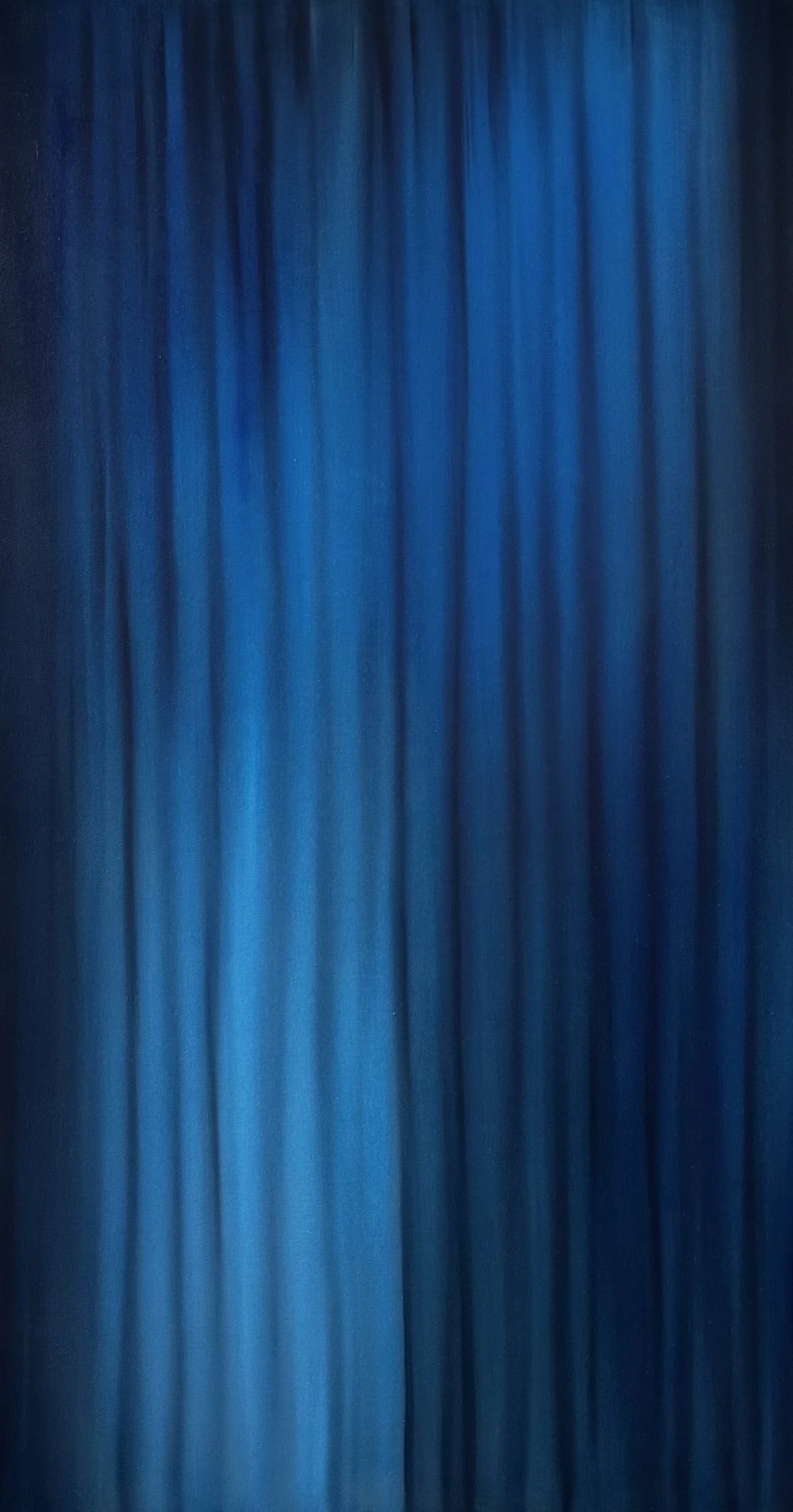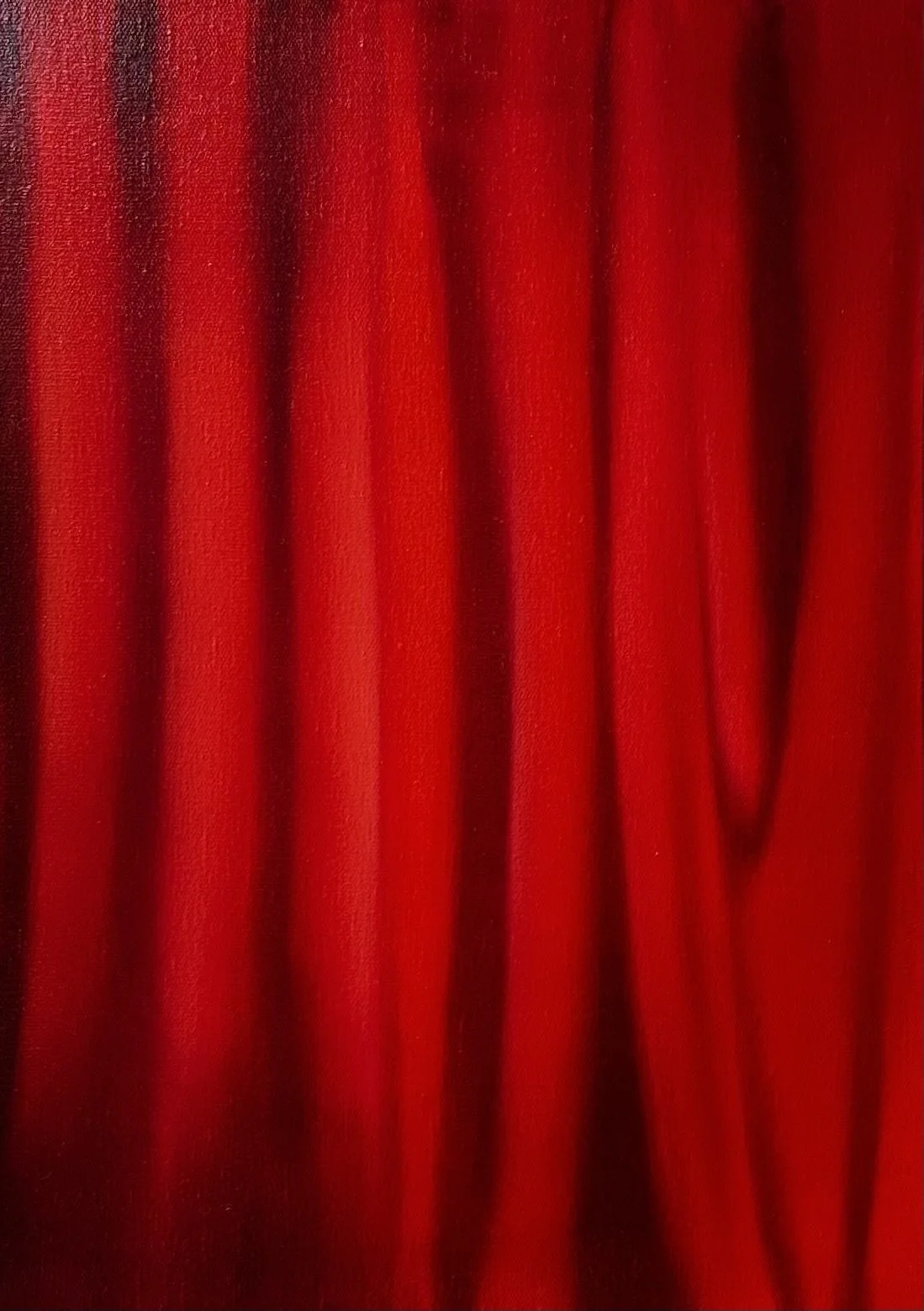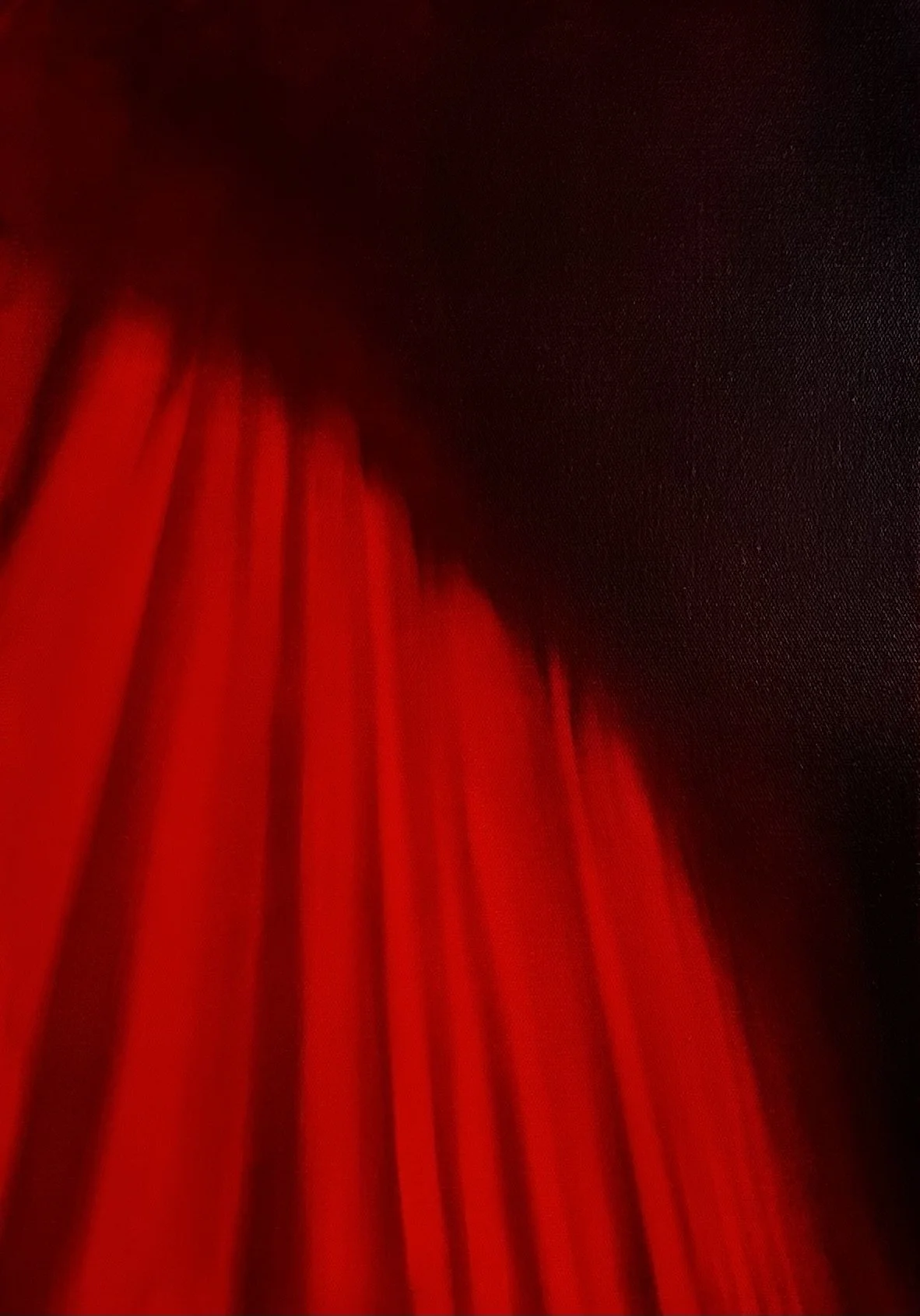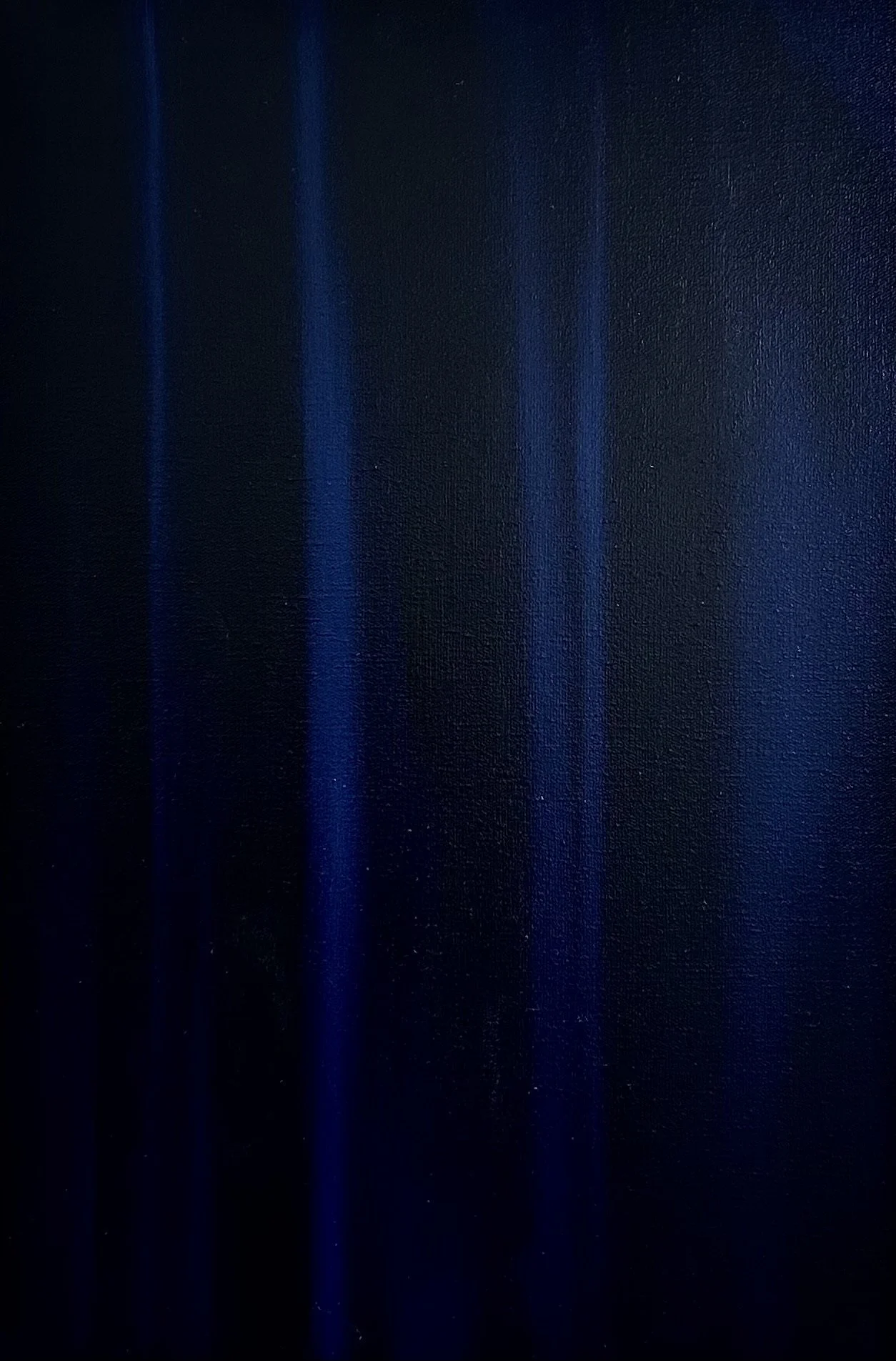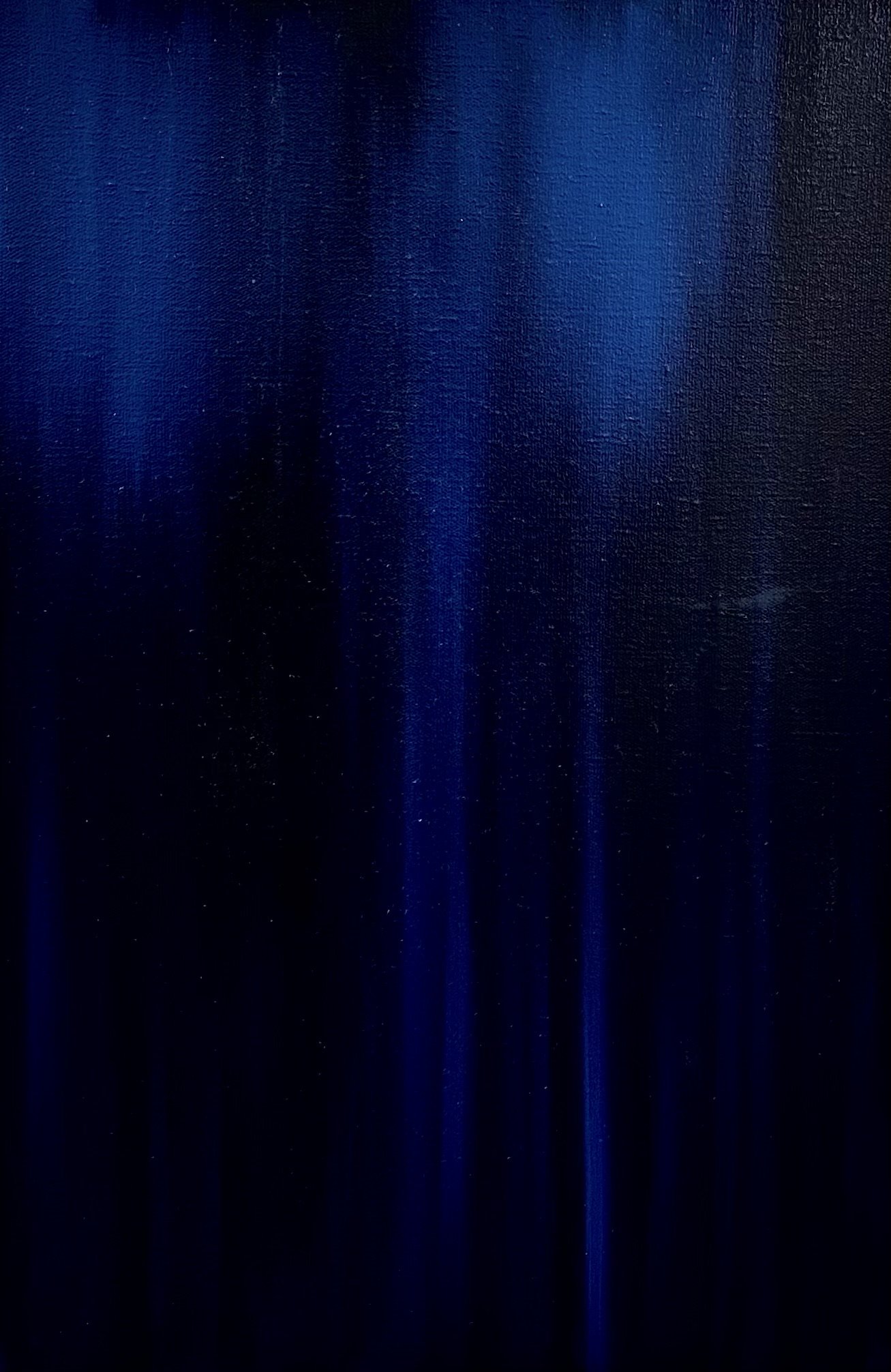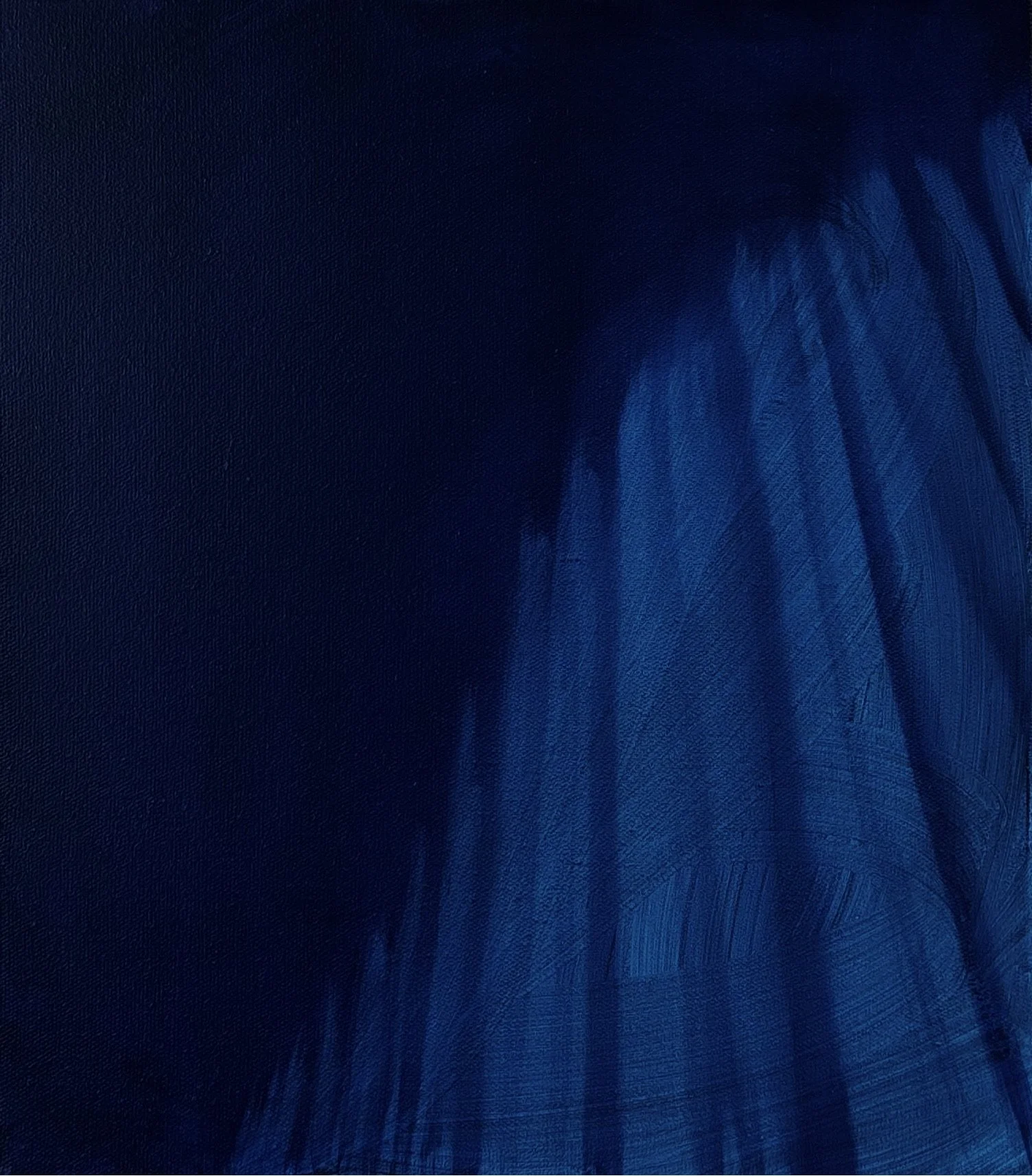This body of work investigates drapery as a site of tension and ambiguity. Through monochromatic, abstracted folds rendered in oil, the paintings expand beyond their edges to question the boundaries between revelation and concealment, and how presence can be felt even in its absence.
Untitled, 2025 Oil on canvas 150 x 80 cm
Untitled, 2025 Oil on canvas 150 x 65 cm
Untitled, 2025 Oil on canvas 50 x 35 cm
Untitled, 2025 Oil on canvas 50 x 35 cm
Untitled, 2025 Oil on canvas 60 x 40 cm
Untitled, 2025 Oil on canvas 60 x 40 cm
Untitled, 2025 Oil on canvas 40 x 35 cm
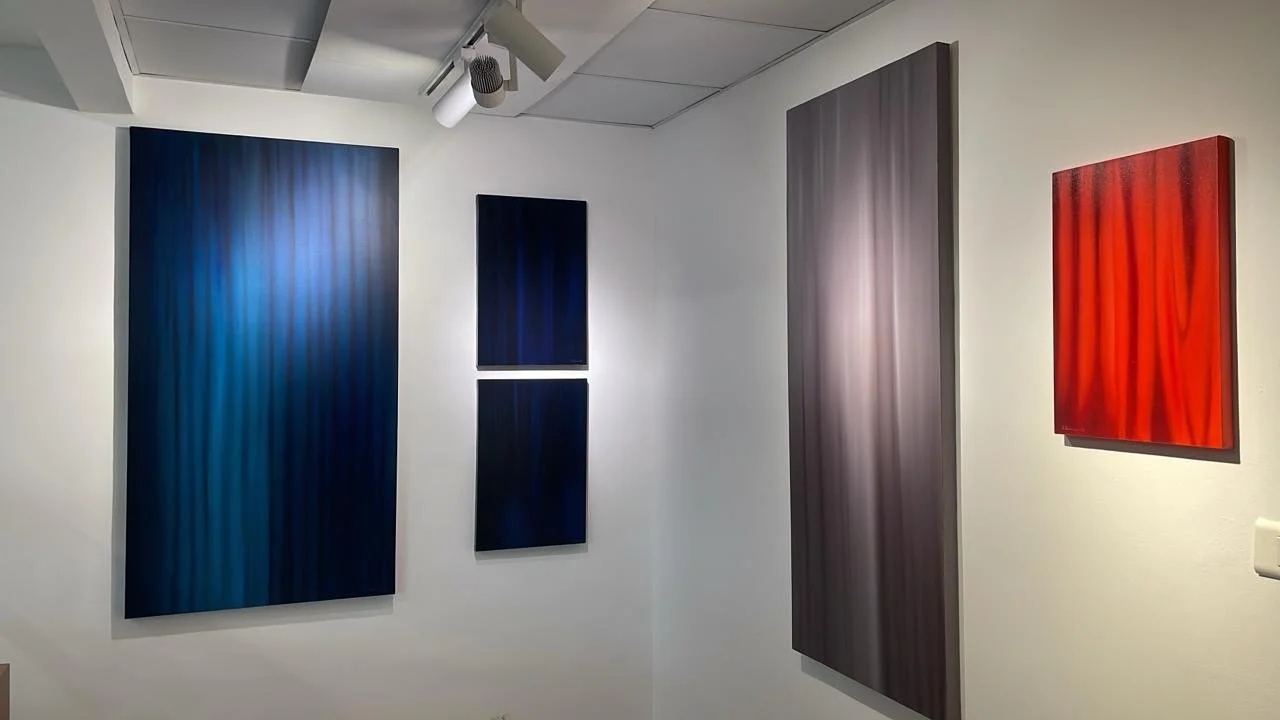
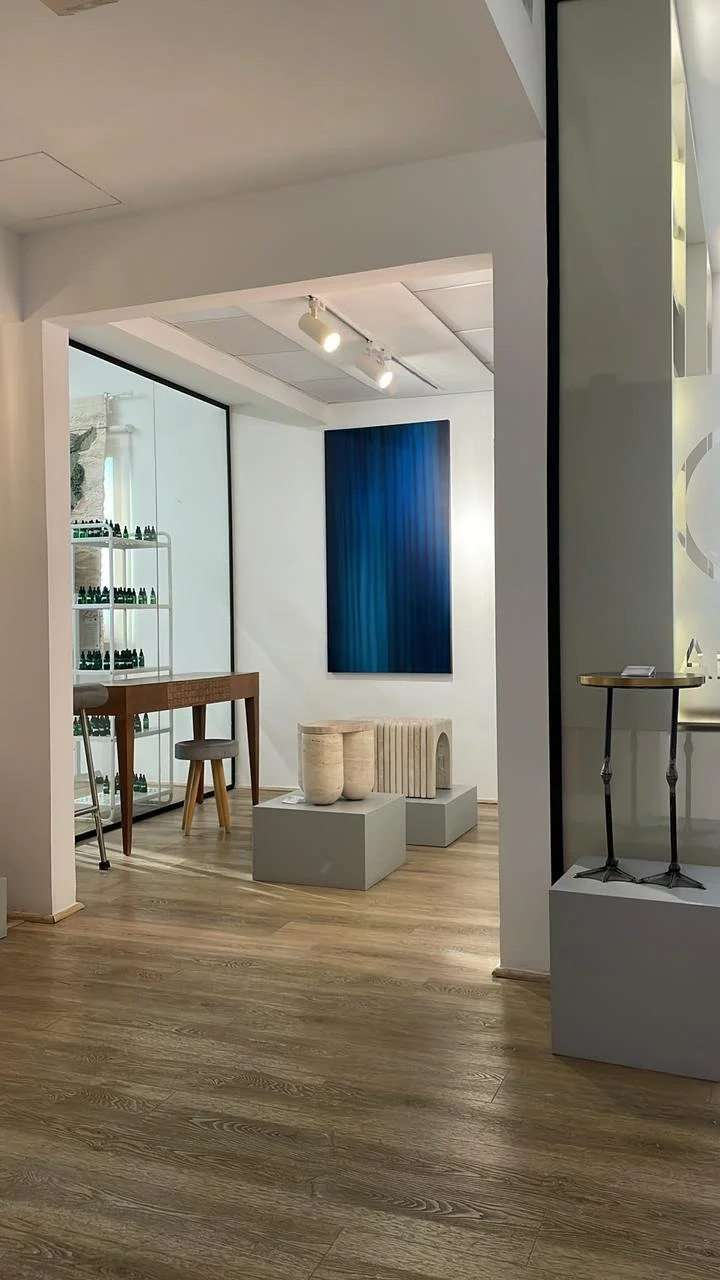
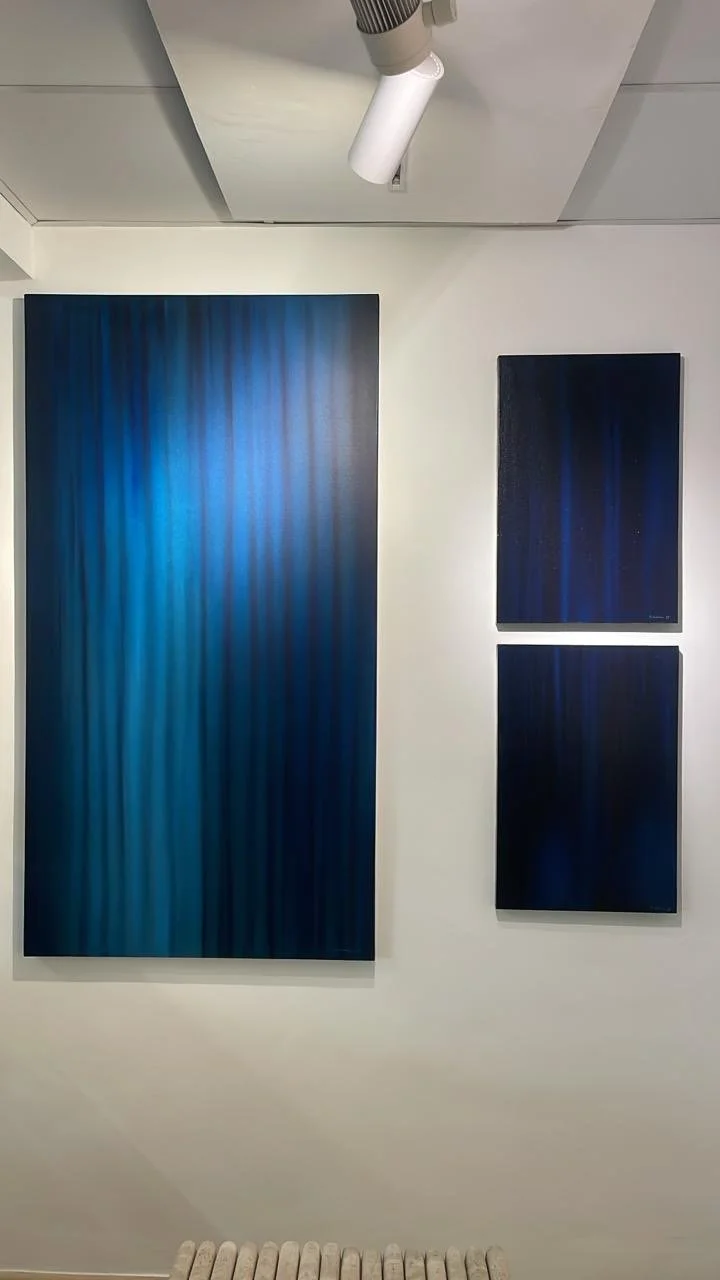
Aslanian reveals a series of new oil paintings, depicting monochromatic, slightly abstracted drapes that fill the canvas. In primary red, cobalt and muted gray, she continues her exploration into the rhythm, shape, and movement of drapery. The new works have a magnetic presence that evoke curiosity and a sense of mystery.
- Zoya Zalatimo, Fann À Porter 2025

